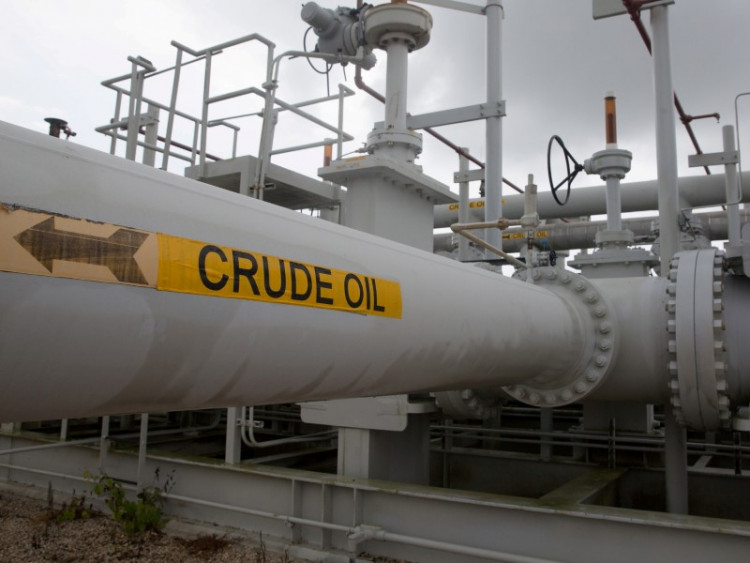Oil prices edged lower Thursday as markets weighed an unexpected U.S. crude inventory build, looming OPEC+ production increases, and uncertainty over President Donald Trump's tariff policy. Brent crude futures settled at $68.80 per barrel, down 31 cents or 0.45%, while U.S. West Texas Intermediate fell 45 cents, or 0.67%, to $67.00 in pre-holiday trading.
The pullback followed a sharp midweek rally triggered by Iran's suspension of cooperation with the U.N.'s nuclear watchdog, which had revived concerns of Middle East conflict. However, traders appeared more focused on demand risks tied to slowing Chinese growth and Washington's trade tensions, especially as OPEC+ prepares to ramp up output again.
The Organization of the Petroleum Exporting Countries and allies, known as OPEC+, is expected to agree this weekend to a 411,000 barrel-per-day increase in August output. The move would mark the fourth consecutive monthly hike and signals the group's intent to unwind pandemic-era supply cuts, despite persistent global price weakness.
"The expectation is that the group will go with another large supply increase of 411k b/d," ING analysts wrote Thursday. "Given the uncertainty, market participants will probably not want to carry too much risk into the long U.S. weekend."
Trump has repeatedly pressured oil producers-both domestic and international-to keep prices low. The administration has also pushed OPEC+ to boost output and ease inflationary energy costs heading into the July 4 holiday and the end of a 90-day reciprocal tariff pause, set to expire July 9.
"Next week marks the end of President Trump's 90-day reciprocal tariff pause. We could see tariff increases reinstated on some U.S. trading partners if trade deals are not concluded," ING said.
Oil demand worries were further compounded by U.S. Energy Information Administration data showing a surprise 3.85 million-barrel build in crude inventories last week, compared to analyst expectations of a 1.8 million-barrel draw. Gasoline inventories also surged by 4.19 million barrels, raising doubts about summer driving demand.
U.S. energy firms cut oil rigs by seven this week to 425, the lowest since September 2021, according to Baker Hughes. The rig count serves as a proxy for future domestic production trends.
In China, services sector activity in June grew at its slowest rate in nine months, further dampening the outlook for global oil demand. The world's top oil importer reported falling new export orders amid broader economic uncertainty.






